The Gobi argali is the smallest of Mongolia’s argali sheep. Its slender horns and lighter body distinguish it from the heavier Hangai and Altai races. Rams inhabit the desert mountains and rolling steppes of southern Mongolia where sparse vegetation and long sight‑lines make them challenging to approach. Hunters value the Gobi argali for its desert‑honed resilience and the chance to explore one of Asia’s most evocative landscapes.

Hunting takes place from 1 July through 30 September. Camps are reached after a 6–8‑hour drive from Ulaanbaatar, and hunts last about five days. Spot‑and‑stalk is again the preferred method; guides spend hours scanning distant hills for bachelor groups before closing the distance across gravel ridges and dry washes. Stalking requires careful use of terrain, as there is little cover on the open steppe and rams may spook at more than a kilometre.
Like other argali, the Gobi race is subject to CITES regulations and national quotas. Only a limited number of permits (part of the ~45 Hangai/Gobi combined quota) are issued annually and fees are high. The action plan for argali emphasizes that trophy hunting can fund anti‑poaching patrols and create incentives for herders to tolerate sheep. However, it warns that historical over‑harvest and poor reinvestment harmed populations. Better transparency and community involvement are needed to ensure that income from Gobi argali hunts contributes to habitat conservation.
The Gobi Desert may appear barren, but it supports marmots, ibex and small herds of argali. Hunters often see wild bactrian camels and ancient dinosaur fossils while travelling between glassing points. Because Gobi argali horns are lighter and more flared than their Hangai counterparts, many collectors seek them to complete an argali grand slam.
Gobi Argali can be found in the following location:
Gobi Argali has the following variations:
- (Varieties to be confirmed)
Start Your Adventure



